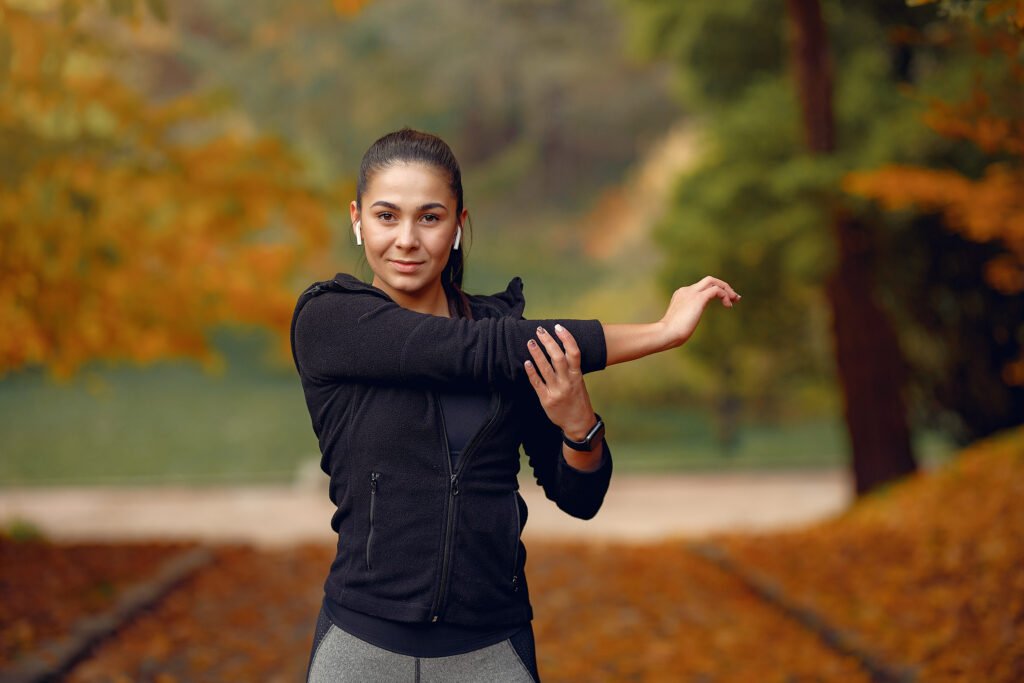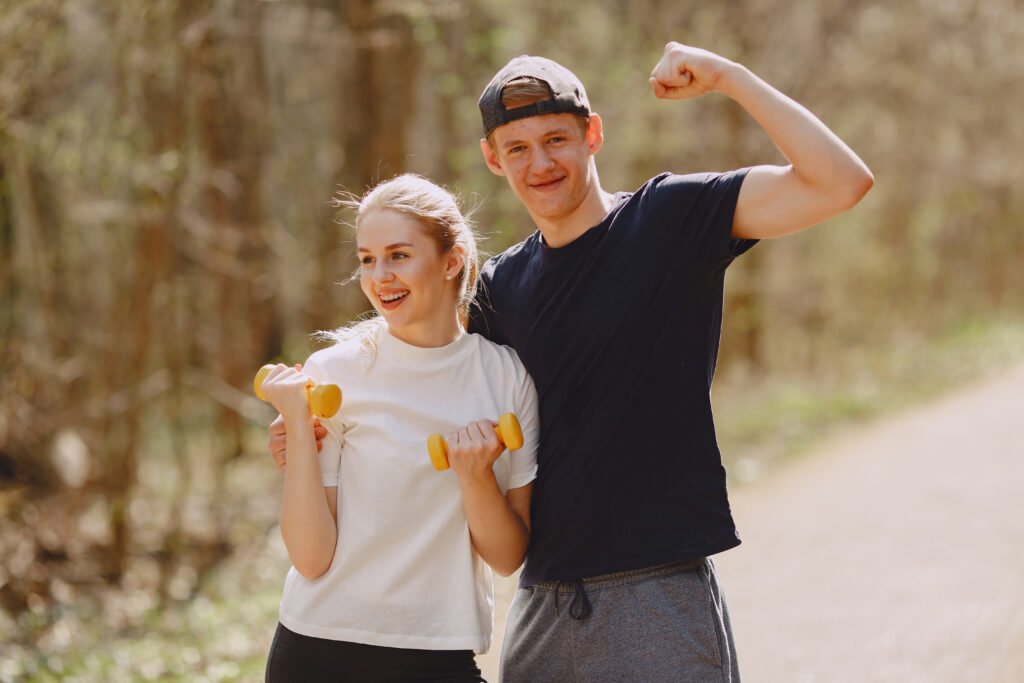In a world where stress permeates daily life, a Health Relaxation Plan with Limited Use offers a structured yet flexible approach to cultivating calm and well-being. This strategy, rooted in expert insights from sources like Health Relaxation, emphasizes practical Relaxation Techniques, Mindfulness Exercises, and Breathing Techniques that fit into even the busiest schedules. Designed for minimal time investment, this plan prioritizes efficiency, ensuring Mental Health and Calmness without overwhelming demands. By integrating Healthy Relaxation Methods into a Home Relaxation Guide, individuals can foster a Relaxing Lifestyle, achieving Wellness and Relaxation with limited but intentional effort.
The Core of a Health Relaxation Plan

A Health Relaxation Plan with Limited Use focuses on simplicity and impact. Unlike comprehensive wellness programs requiring hours of commitment, this approach leverages short, targeted practices to deliver results. The goal is to integrate Health Relaxation into daily routines without disrupting existing responsibilities. According to a 2023 American Psychological Association survey, 68% of adults cite time constraints as a barrier to stress management, making a limited-use plan essential for accessibility.
Transitioning to this plan begins with understanding its principles. Health Relaxation is about intentional pauses—moments of calm that recharge the mind and body. For instance, Meditation for Beginners, requiring just five minutes daily, can reduce stress hormones, as noted in a 2022 Journal of Clinical Psychology study. Similarly, Breathing Techniques, like the 4-7-8 method, offer immediate relief in under two minutes. These practices form the foundation of a Relaxing Lifestyle, proving that small efforts yield significant benefits.
Moreover, this plan is adaptable. Whether at home, work, or on the go, a Home Relaxation Guide ensures flexibility. By focusing on Healthy Relaxation Methods that require minimal time, individuals can prioritize Mental Health and Calmness, creating a sustainable path to wellness. This approach empowers everyone, from busy professionals to parents, to embrace Health Relaxation without overhauling their lives.
Designing a Limited-Use Relaxation Strategy
Crafting a Health Relaxation Plan with Limited Use starts with assessing personal needs. Begin by identifying stress triggers—work deadlines, family demands, or digital overload. Tools like a stress journal or wearable devices tracking heart rate can provide insights. This data guides the selection of Relaxation Techniques tailored to individual schedules, ensuring efficiency.
Next, set realistic goals. For example, commit to three five-minute sessions of Mindfulness Exercises weekly. These micro-practices, such as a brief body scan or gratitude reflection, fit seamlessly into daily life. Transitioning to consistency requires scheduling these moments, perhaps during a morning commute or before bed. A Home Relaxation Guide outlines these steps, recommending tools like a timer or calming app to streamline the process.
Expert input enhances the plan’s effectiveness. Wellness coaches or online resources, like those from Health Relaxation, offer tailored advice. For instance, a coach might suggest prioritizing Breathing Techniques for quick stress relief. By blending data-driven insights with expert guidance, this Health Relaxation Plan ensures maximum impact with minimal time investment, fostering Wellness and Relaxation.
The Power of Relaxation Techniques
Relaxation Techniques are the heart of a Health Relaxation Plan with Limited Use. These methods, designed for brevity, deliver immediate calm. Meditation for Beginners is a prime example. A five-minute session focusing on breath awareness can lower anxiety, as evidenced by a 2023 Mindfulness journal study showing a 15% reduction in stress after short meditations.
Breathing Techniques, like diaphragmatic breathing, are equally efficient. Inhale deeply through the nose, letting the abdomen rise, then exhale slowly. This practice, part of Stress Relief Tips, takes less than two minutes and calms the nervous system. A 2024 Journal of Psychophysiology study found that brief breathing exercises reduced cortisol levels by 20%, making them ideal for a limited-use plan.
Progressive muscle relaxation, another key technique, involves tensing and releasing muscle groups in short bursts. This method, part of Healthy Relaxation Methods, enhances body awareness and eases tension in under ten minutes. By incorporating these Relaxation Techniques, individuals can achieve Health Relaxation without significant time demands, supporting a Relaxing Lifestyle.
Creating a Home Relaxation Guide
A Home Relaxation Guide is a practical tool for implementing a Health Relaxation Plan with Limited Use. Start by designating a small space—a chair, a corner, or even a park bench—for relaxation. Simple additions, like a soft blanket or calming scent, create an inviting atmosphere for Wellness and Relaxation. The goal is accessibility, ensuring the space fits into daily life.
Outline a weekly routine with minimal time commitments. For example, practice three minutes of Meditation for Beginners each morning, followed by two minutes of Breathing Techniques at night. Apps like Insight Timer offer guided sessions, making the process straightforward. Additionally, incorporate Mindfulness Exercises, such as a one-minute gratitude practice—write down one thing you’re thankful for daily. This fosters Mental Health and Calmness with minimal effort.
Consistency matters, even with limited use. Set reminders to ensure these moments aren’t overlooked. For instance, a brief body scan before lunch can reset focus. By following a Home Relaxation Guide, individuals can transform any space into a haven for Health Relaxation, proving that small steps lead to lasting calm.
Mindfulness Exercises for Quick Calm
Mindfulness Exercises are a cornerstone of a Health Relaxation Plan with Limited Use, offering quick ways to ground the mind. These practices focus on present-moment awareness, counteracting stress efficiently. For example, mindful listening—focusing on ambient sounds for one minute—can shift attention from worries to the now.
The body scan, a staple of Meditation for Beginners, is another effective exercise. Sitting or lying down, mentally scan each body part, noting sensations without judgment. This two-minute practice, part of Healthy Relaxation Methods, promotes Mental Health and Calmness. A 2023 study in the Journal of Positive Psychology found that brief body scans improved mood in 70% of participants.
Mindful breathing, another quick exercise, involves noticing each inhale and exhale for one minute. This can be done during a break or while waiting in line, making it ideal for a limited-use plan. By weaving Mindfulness Exercises into daily routines, individuals can sustain Health Relaxation, fostering a Relaxing Lifestyle with minimal time investment.
Breathing Techniques for Instant Relief
Breathing Techniques are a vital component of a Health Relaxation Plan with Limited Use. Their simplicity and speed make them perfect for busy schedules. Diaphragmatic breathing, for instance, involves deep inhales that expand the abdomen, followed by slow exhales. This one-minute practice, part of Stress Relief Tips, calms the nervous system. A 2024 study in the Journal of Clinical Medicine reported a 22% reduction in stress markers after brief diaphragmatic sessions.
Box breathing, another technique, involves inhaling, holding, exhaling, and holding again, each for four seconds. This two-minute cycle sharpens focus and supports Mental Health and Calmness. It’s particularly effective before high-pressure moments, like meetings or exams. By practicing Breathing Techniques in short bursts, individuals can integrate Health Relaxation into any moment, enhancing Wellness and Relaxation.
For maximum impact, combine breathing with visualization. Imagine exhaling stress as a dark cloud, inhaling calm as a soft light. This enhances the effect, making it a powerful tool for a Relaxing Lifestyle. With just a few minutes daily, Breathing Techniques become a cornerstone of a Health Relaxation Plan with Limited Use.
Building a Relaxing Lifestyle
A Relaxing Lifestyle extends Health Relaxation beyond isolated practices, embedding calm into daily habits. With a limited-use approach, small changes make a big difference. For example, reduce screen time 30 minutes before bed to improve sleep quality. A 2023 Sleep Medicine study found that limiting blue light exposure enhanced melatonin production by 18%, supporting rest.
Nutrition also plays a role. Foods like dark chocolate or walnuts, rich in stress-reducing nutrients, complement Healthy Relaxation Methods. A warm cup of chamomile tea, paired with a one-minute Mindfulness Exercise, creates a calming ritual. These micro-habits, requiring minimal time, foster Wellness and Relaxation.
Social connections are equally important. A brief chat with a friend or family member can lift mood and reinforce Mental Health and Calmness. By balancing these elements—rest, nutrition, and relationships—individuals can craft a Relaxing Lifestyle that sustains Health Relaxation with limited effort.
Prioritizing Mental Health and Calmness
Mental Health and Calmness are central to a Health Relaxation Plan with Limited Use. Chronic stress can lead to anxiety or burnout, but brief Relaxation Techniques can counteract these effects. For instance, a one-minute gratitude practice—reflecting on something positive—shifts focus from stress to calm. A 2024 Journal of Happiness Studies found that daily gratitude reduced anxiety by 20%.
Journaling, another quick tool, allows thoughts to flow freely, releasing mental tension. Spend two minutes writing down worries or joys to clear the mind. This practice, paired with Mindfulness Exercises, supports a Relaxing Lifestyle. For those needing extra support, online therapy platforms offer brief sessions that complement a limited-use plan.
Organizations can also foster Mental Health and Calmness by offering micro-wellness programs. A five-minute guided meditation during a lunch break can boost employee well-being. By prioritizing these practices, a Health Relaxation Plan ensures mental health remains a priority, even with limited time.
Scaling Healthy Relaxation Methods

Healthy Relaxation Methods in a limited-use plan are designed for scalability and ease. Start with micro-practices, like a one-minute Breathing Technique during a coffee break. These habits, part of a Home Relaxation Guide, build over time. For example, a 2023 study in the Journal of Integrative Medicine found that short yoga sessions—five minutes daily—improved stress resilience by 25%.
Technology supports scalability. Apps offering one-minute meditations or breathing exercises make Relaxation Techniques accessible. Wearables tracking stress levels provide real-time feedback, guiding adjustments. However, limit screen time to avoid overstimulation, ensuring Wellness and Relaxation remain the focus.
Physical activity, like a five-minute stretch, complements these methods. Pairing movement with mindfulness enhances both physical and mental health. By scaling Healthy Relaxation Methods to fit busy schedules, individuals can sustain Health Relaxation, creating a lasting Relaxing Lifestyle with minimal effort.
Overcoming Time and Access Barriers
Time constraints often hinder relaxation efforts, but a Health Relaxation Plan with Limited Use addresses this. Start with micro-practices—two minutes of Breathing Techniques or a one-minute Mindfulness Exercise can fit into any day. Schedule these moments, treating them as essential, like a work task. A reminder app can help maintain consistency.
Another barrier is the belief that relaxation requires long sessions or special spaces. A Home Relaxation Guide dispels this, showing that a quiet moment at a desk or in a car works just as well. For example, a one-minute body scan during a break can reset focus. This flexibility makes Health Relaxation accessible to all.
For organizations, offering brief wellness workshops or flexible schedules reduces barriers. Employees can practice Stress Relief Tips without disrupting workflows. By embracing these strategies, a Health Relaxation Plan with Limited Use ensures Wellness and Relaxation are achievable, even in demanding lives.
Conclusion
A Health Relaxation Plan with Limited Use offers a practical, expert-driven approach to wellness. By integrating Relaxation Techniques, Mindfulness Exercises, and Breathing Techniques, individuals can cultivate Mental Health and Calmness with minimal time investment. A Home Relaxation Guide and Healthy Relaxation Methods ensure these practices fit seamlessly into daily life, fostering a Relaxing Lifestyle. Whether through a one-minute breath or a brief gratitude practice, this plan proves that small, intentional steps lead to lasting calm. By prioritizing Health Relaxation, individuals and organizations can navigate life’s demands with ease, building a foundation for sustained Wellness and Relaxation.
